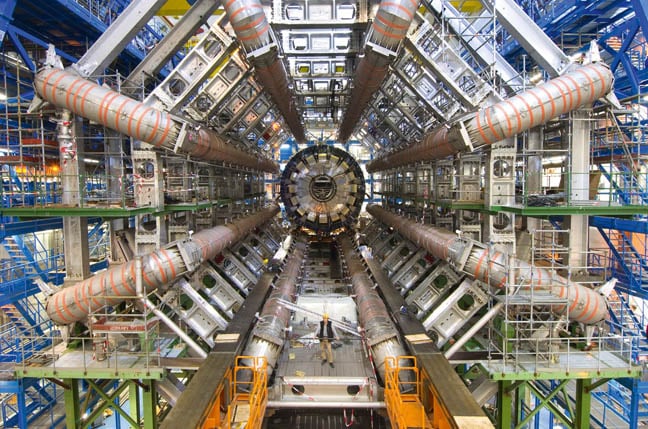
"Analysis of data from the LHC produced overwhelming evidence that particles known as baryons, such as the protons and neutrons that make up atomic nuclei, are subject to a mirror-like asymmetry in nature's fundamental laws that causes matter and antimatter to behave differently."
"Particles are known to have identical mass and opposite charges with respect to their antimatter partners. However, when particles transform or decay into other particles, CP violation causes a crack in this mirror-like symmetry."
Data from CERN's Large Hadron Collider has revealed significant differences between matter and antimatter, questioning the existence of the universe. The Big Bang theoretically produced equal amounts of both, leading to potential annihilation and a cosmic void. Research indicated that baryons, like protons and neutrons, exhibit asymmetry due to 'charge-parity' (CP) violation, resulting in different decay rates between matter and its antimatter counterparts. The LHC has enabled scientists to observe this baryon matter-antimatter asymmetry for the first time, deepening the mystery of existence.
Read at Theregister
Unable to calculate read time
Collection
[
|
...
]